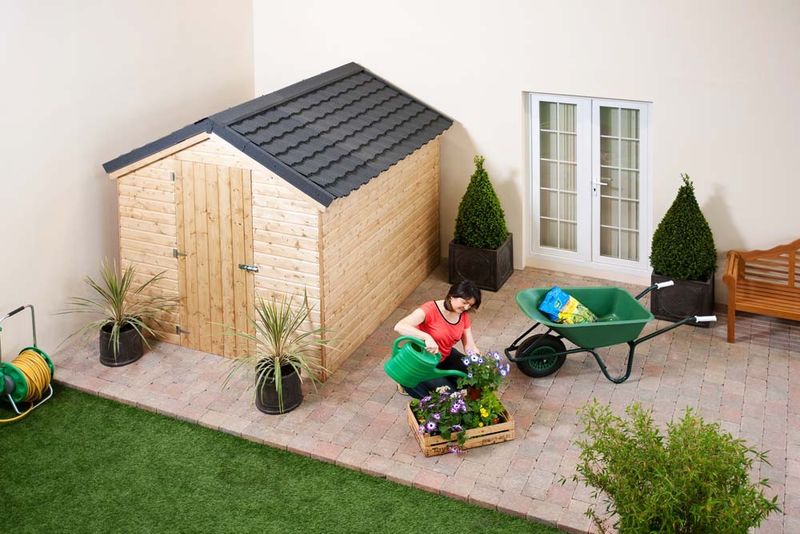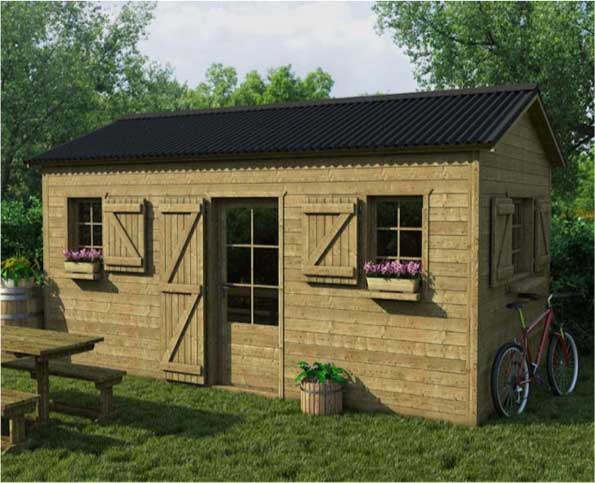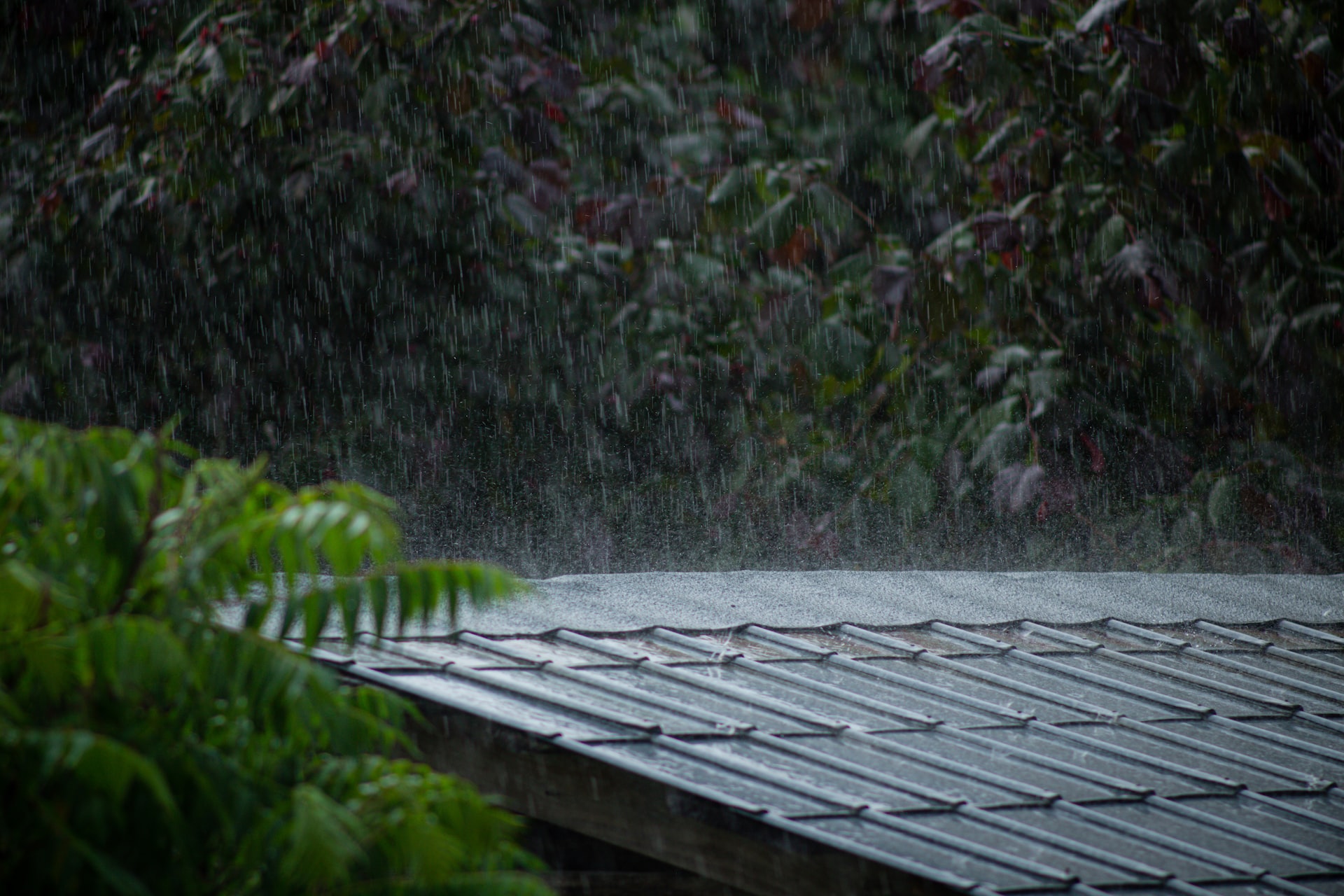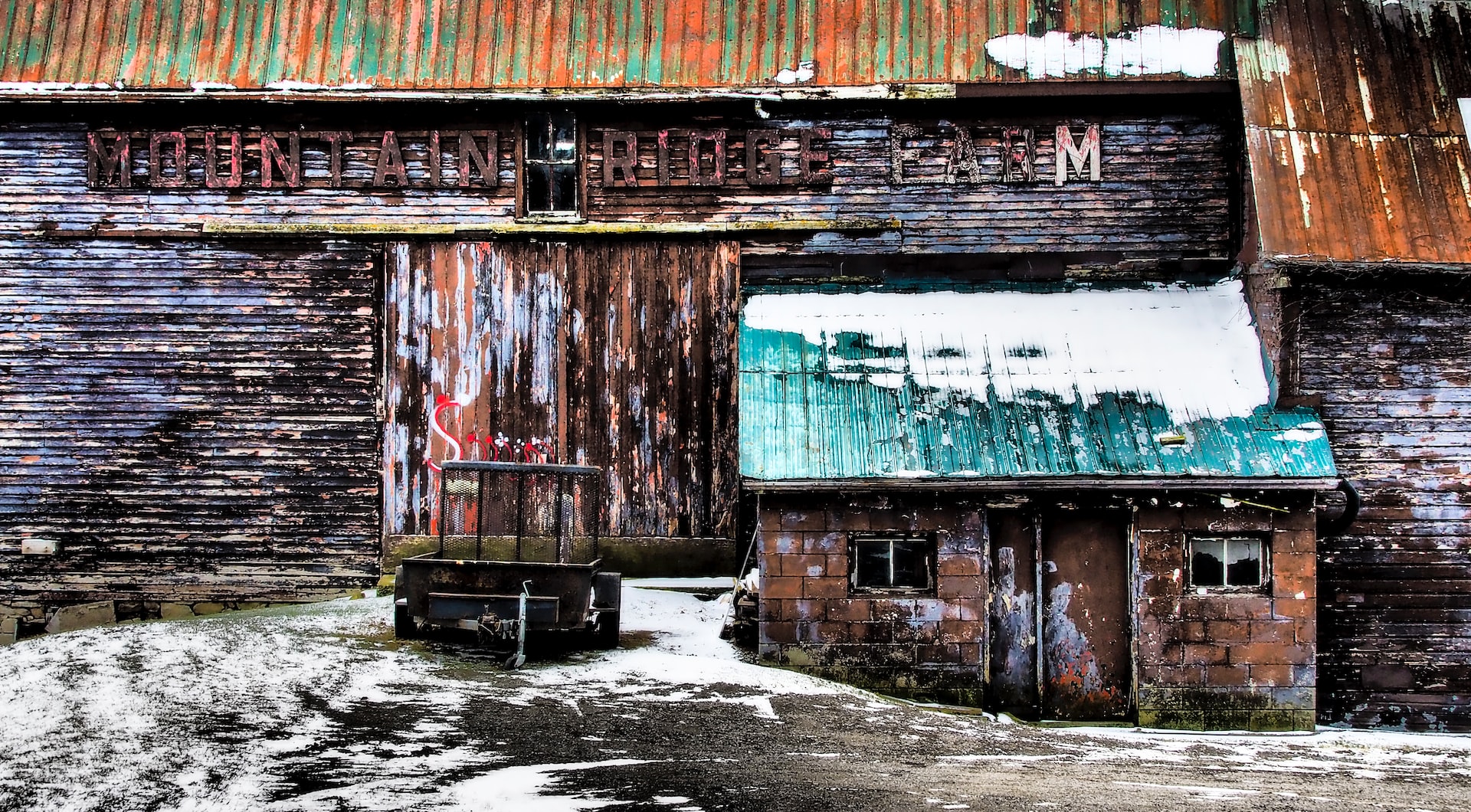Metal roofing has dramatically increased in popularity over many years. Despite their fantastic low maintenance, lightweight, easy installation and longevity, metal roof sheets still need to be looked after. Although they won’t blow off or loosen easily like other roofing materials, preserving the roof is the way to ensure the metal sheets stay strong and look good in the process. To help you out, we’ve created this guide to give tips on maintaining your metal roof sheets.

Table of contents
Do metal roof sheets need to be maintained?
The short answer is yes.
The long answer is yes because of the elements they’re exposed to. Amongst wind, rain and other weather, birds are likely to use the roof as target practice. So, maintaining it is the only way to ensure its longevity.
Additionally, many metal roofing sheets will typically come with a guarantee that ensures years or even decades of use. Cladco’s range of galvanised steel roofing sheets, for example, is designed with the potential to last anywhere between eight to thirty years, depending on the coating of the steel. For an in-depth look at roofing life, find out how long roofs last.
To summarise, good metal roof sheet aftercare can:
- Prevent expensive reparation costs in future.
- Ensure your roof has a long life.
- Offer high aesthetic quality with the potential improvement of curb appeal.
With that in mind, here’s how you can ensure you get the most out of your metal sheet roofing. If you want to know more about roofing sheets, check out our buyer’s guide.

How to maintain metal roof sheets
Let’s start from the beginning – installing new metal roof sheets. Right from the moment you pick them up for fitting, you will need to ensure you have a strong assisting adult to help you transport the sheets off and on-site. This will help to prevent scratches and damage from occurring to the sheets.
When you move onto the drilling, screwing, fixing or cutting of the sheets, remove any excess material by wiping, brushing or washing it away. This type of excess is known as “swarth” and is a common damaging factor of sheets, especially steel if left sitting on the roof material.

How often should I check my metal roof sheets?
Once a year, at the least. Once a year is for your ‘surface level’ maintenance. I.e., the smaller tasks like cleaning off dirt or clearing out gutters. However, the more inspections you perform, the quicker you can deal with any issues you notice during those checks.
Now, for structural maintenance, most metal roof owners opt for every two years; hiring a professional to carry out the more in-depth checking tasks following the metal roof sheets’ expired warranty. Before expiration, some owners choose to perform thorough inspections of their roofs every five years.
However, it’s difficult to say how regularly it should be done, as the type of metal roofing and what it is exposed to factor into this. Including:
- Extreme temperatures (hot or cold)
- High levels of moisture (rain, snow etc.)
- Hail
- Wind
Speak with a professional for a better idea of how often you should structurally maintain the roof. Even if you’re not performing the maintenance tasks, you will need to take note of any issues that occur and contact the relevant industry professional for repairs as soon as possible.

When should I inspect my metal roof sheets?
For this time of year, you’ll want to pay close attention to the roof during the autumn. With the likelihood of rain, wind and leaves in the air, this can lead to the roof being cluttered. Not only due to the build-up of leaves but the growth of moss too.
Leaving this debris or growth to build can weigh the structure down. Especially when leaves or other debris clog the guttering. It also leads to moisture which increases the risk of rust, wear and tearing of the sheets if not dealt with as soon as possible. Clean and clear the gutters to prevent this. It’ll also help save you from having to spend high costs on repairs in the future.
Metal roof sheets are also prone to marks. Especially if the sheeting is exposed to wet weather, falling branches or leaf watermarks. This can be easily dealt with using soap, water and some manual labour. This is a simple solution to help ensure your roof is looking as good in no time.
Here’s a summary of what you will need to look out for and deal with regarding maintaining your used metal roof sheets.
| Cause of the issue | Result(s) of the issue | How to deal with it |
| Drilling, screwing and fixing. | •A build-up of “swarth” excess material and debris which can risk damaging the sheets (particularly steel). | Brush or wash away the excess. |
| Leaf and moss build up with leaves clogging the gutters. | •Weighed down structure. •Moisture; leading to increased risk of sheet rust, wear and tear. •Pest infestation. | Clean and clear the guttering using a ladder and trowel (Note: You can contact a professional if you aren’t confident in doing this task yourself). |
| Wet weather exposure, contact with falling branches and watermarks from leaves. | •Marks making for poor aesthetic quality. | Soap, water and manual labour. |
| Snow and ice | •Screws have loosened and become exposed from the sinking metal being weighed down. | A soft brush or long-handled broom (Note: Avoid using metal tools. These can scrape the protective coating off the material). Following the snow and ice melting, the roofing typically warps back in place. |
| Poor roof installation crossed with thermal expansion | •Loose panel seams •Loose screws. | Secure back in place or replace, ensuring enough space is allotted for thermal movement (I.e. expansion and contraction). |
| Sun exposure and other elements | •Dull colours | A fresh coat of paint can help bring life back into the metal roofing and, if selling, improve curb appeal. |

If you’re opting for new sheets altogether and not sure what prices you need to consider, check out our metal sheets pricing guide. You can also find all sorts of other help and advice for a whole range of roofing projects. Go ahead and check it out to find out more.














